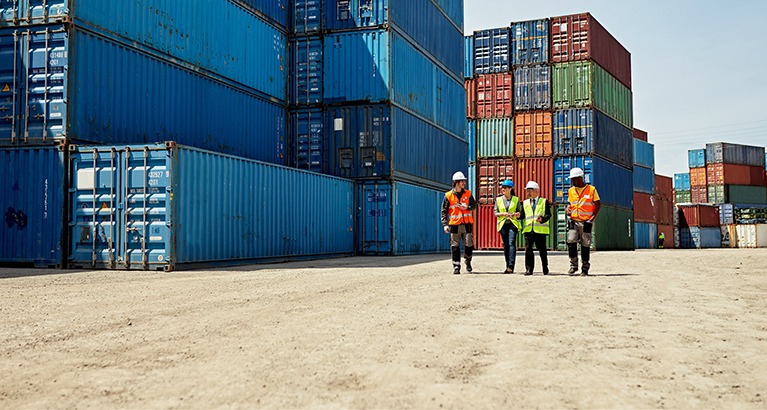The 11 September article in the publication M&A Review outlines how in an era of disruption by such events as the COVID-19 pandemic and the war in Ukraine, supply chains have gone from being a back-office function to a boardroom priority. Forward-thinking companies are therefore not merely reacting but are using M&A as a strategic lever to build more resilient, agile and future-proof supply chains.
Among topics explored in the article are:
- why supply chains are now at the heart of M&A strategy, not just a post-deal consideration
- case studies from companies such as Target and Novo Holdings that show how strategic acquisitions improve logistics, manufacturing and delivery capabilities
- key challenges and risks of using M&A to bolster supply chains, including valuation distortion and cultural clash
- practical strategies to identify synergies and reduce disruption risks through supply chain modelling and integration planning


Buying versus building supply chain resilience
There are advantages and disadvantages to building rather than buying supply chain resilience. “Organic growth and internal transformation are often less disrupting to the existing organisation due to better control over the processes,” says the article. “At the same time, internal development is often slow and resource-intensive. Certain capabilities such as advanced technologies or specialised expertise may be difficult or impractical to develop internally due to limited resources, knowledge or time. In such cases, M&A offers a much faster way by providing almost immediate access to the target company’s expertise and technology.”
Related content
Alles, M. and Droescher, G. (2025) “Supply chain challenges and opportunities in the context of M&A transactions – strategies for risk mitigation and value creation.” M&A Review, 11 September 2025





